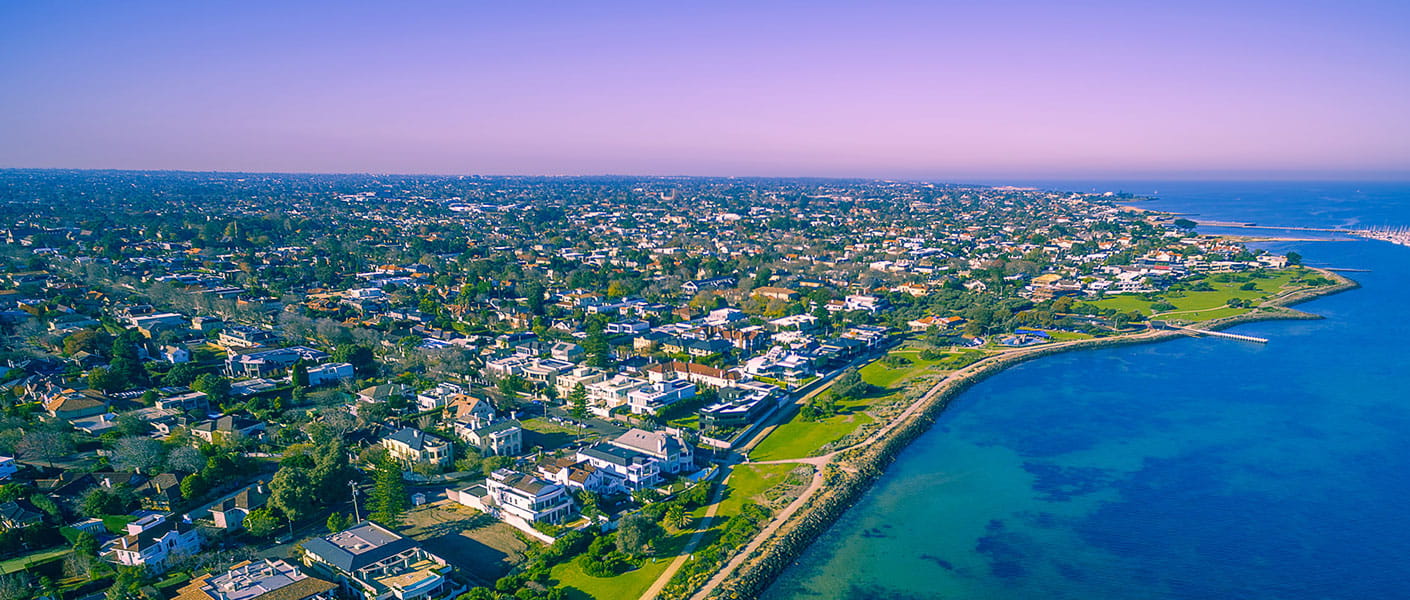Studying sand movement on a tidal shoal
The synthesis of the field and analytical data in this study aims to calibrate current analytical models, providing additional insight on bed-load transport thicknesses, bed load and suspended sediment concentrations.
Field data and testing
The field study site included a sand shoal near the ocean entrance to Port Phillip Bay, Victori. The shoal features large sand waves of several metres, with wave lengths up to 100m, showing high sediment transport rates under strong tidal flows.
Bed load transport data included velocities using a combination of ADCP acoustic and GPS technologies. Bed sediments were sampled and tested for grain size distribution and fall velocities. Suspended transport data comprised ADCP backscatter information with suspended sediment sampling.
Approximately 20,000 data points comprising depth-averaged and bed load velocities and backscatter data were processed with fall velocity and sieved grain size data. The results inform the goodness of fit of the analytical approaches and the scale of the natural random scatter in field measurements.
The conclusions
Improved assessments of bed load and suspended load transport over a bay shoal under strong tidal flows can be made when formulae are synthesised and calibrated with site-specific field data.
For estimates of bed load transport, the sediment concentrations, the bed load thicknesses or both may be under-estimated by the van Rijn formulae or the bed tracking data may be under-estimating the bed load velocities. Sieved diameters gave a slightly better result for bed load transport whereas a far better calibration for suspended sediment transport was achieved using fall diameters.
The field data herein demonstrated the random nature of natural processes with bed load transport estimates having a precision of no better than a factor of three (0.3 to 3.0) whereas the precision of suspended sediment transport estimates was no better than a factor of around five (0.2 to 5.0).
Click here to read the full technical paper, presented at the Coasts & Ports 2017 Conference.


